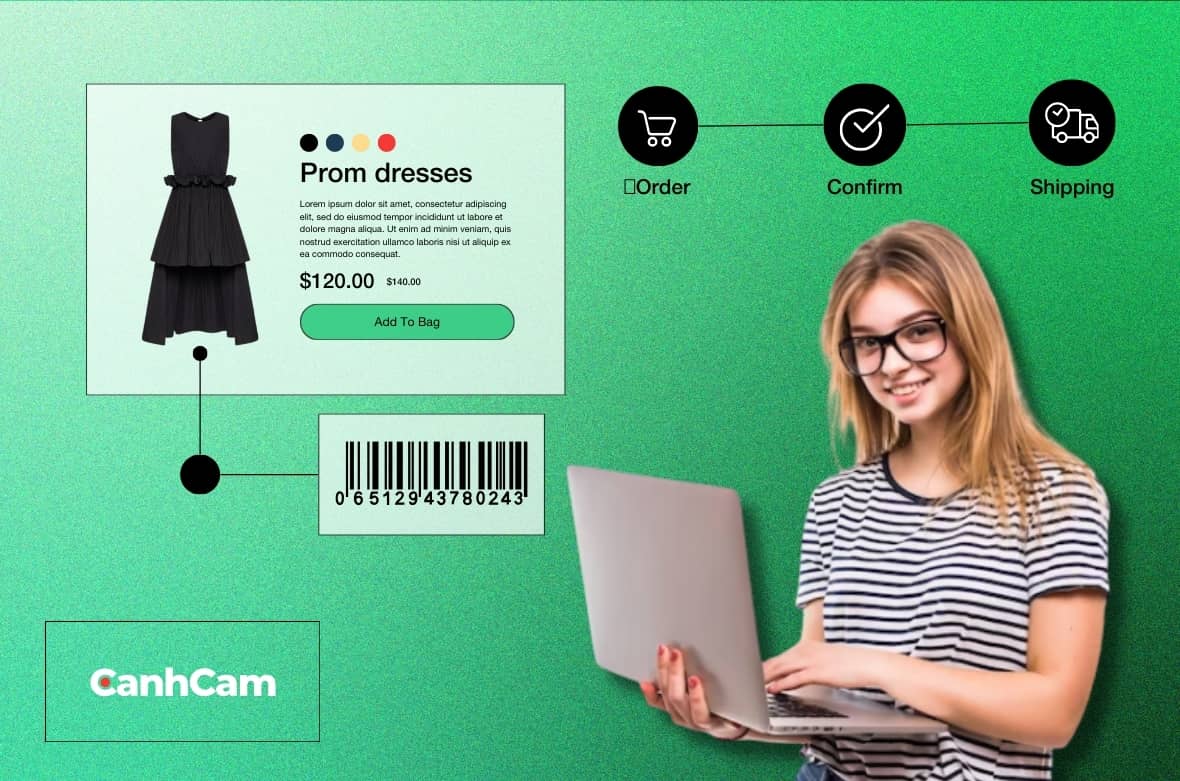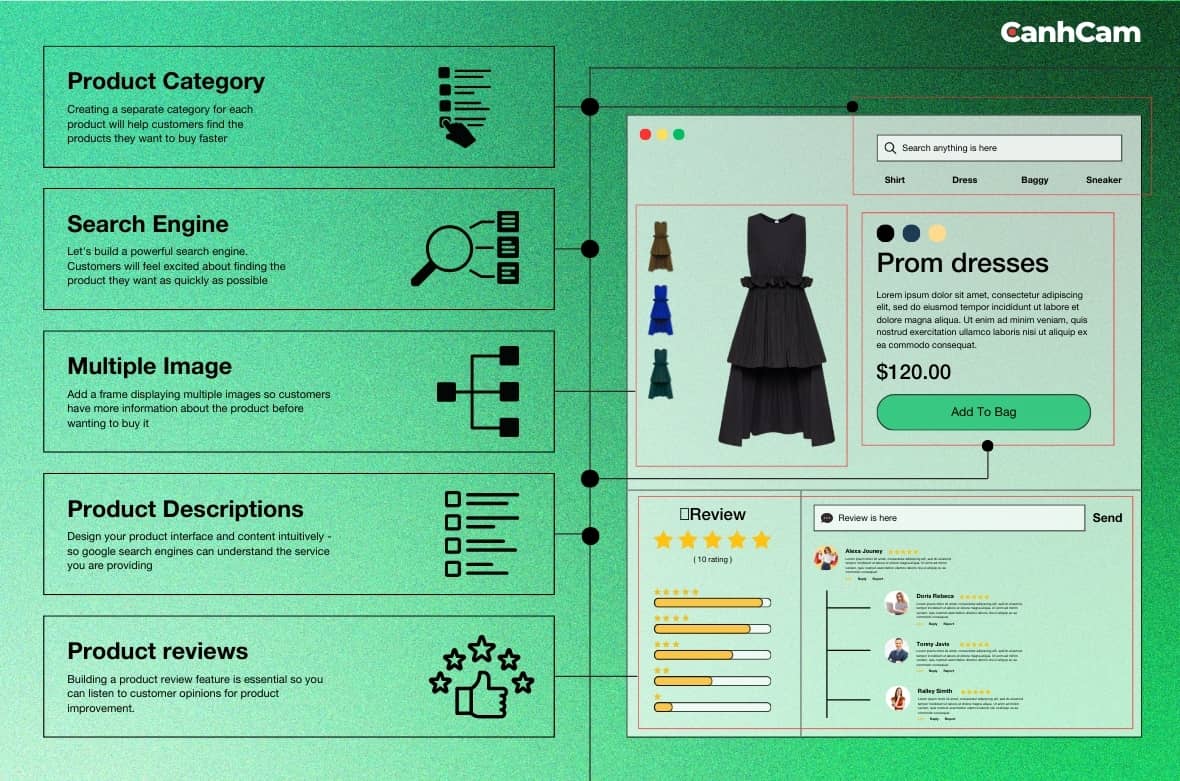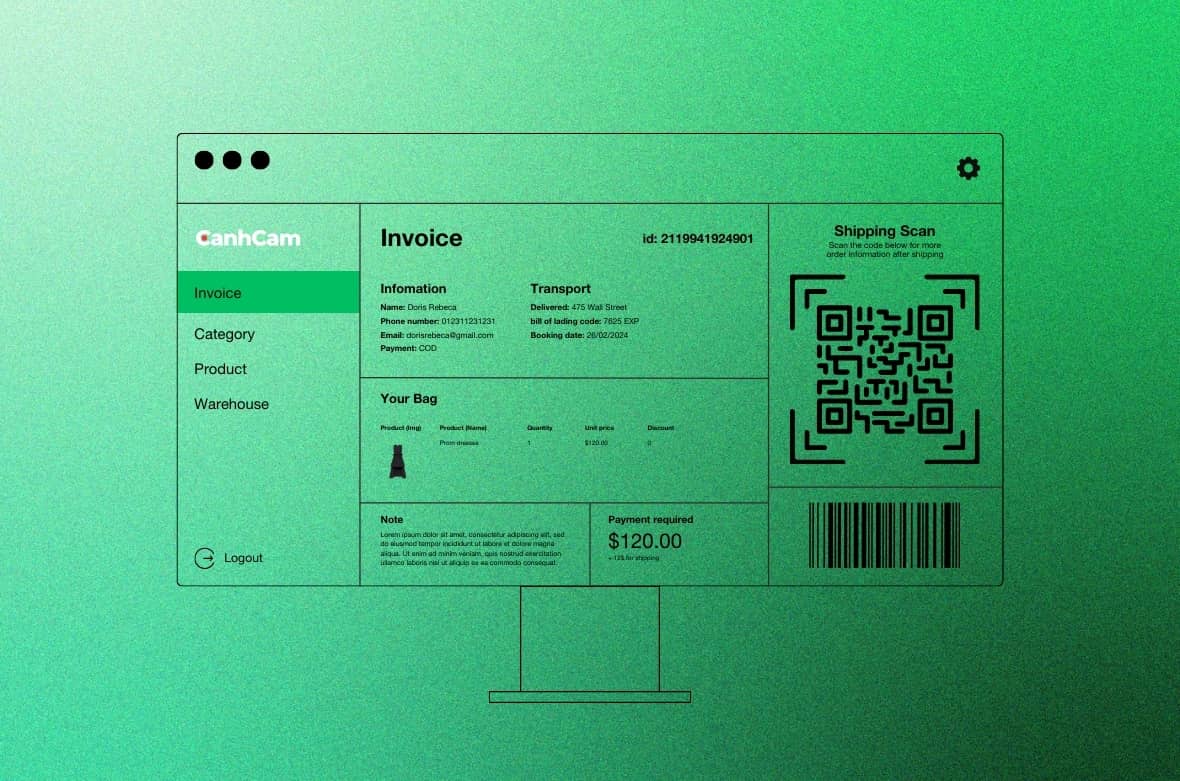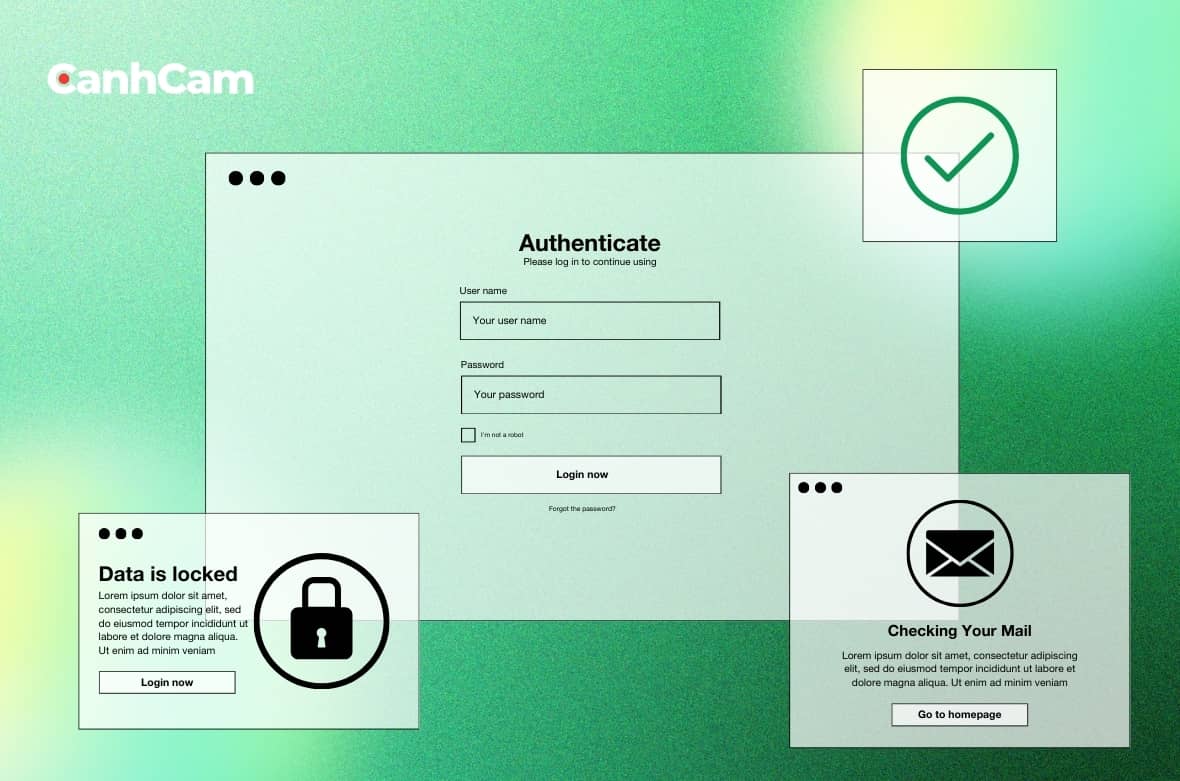If you're launching an Ecommerce website company and aiming to draw in top-tier clients for collaboration, you'll need more than just a basic online presence. Your approach must be customized to cater to the specific dynamics of B2B interactions, ensuring that your website stands out as the ideal platform for collaboration.
Join us as we dive into the essence of 'b2b ecommerce website design.' Discover how the right design not only enhances the user experience but also acts as the guiding compass for businesses navigating the ever-evolving world of digital commerce. Let's craft a website that not only attracts but also impresses your target clientele, setting the stage for fruitful collaborations.
Why B2B Ecommerce Websites are Important?
Over the years, B2B ecommerce has undergone a remarkable transformation. What once involved traditional methods of business transactions has now evolved into a dynamic digital landscape. From phone calls and faxes to online platforms and marketplaces, the evolution of B2B ecommerce has been nothing short of revolutionary.

Today, businesses engage in complex transactions seamlessly through B2B ecommerce websites, leveraging advanced technologies and streamlined processes to enhance efficiency and productivity.
- Visit our service: Website Design in Melbourne
Importance in the Digital Era
The importance of an effective B2B ecommerce website cannot be overstated. As businesses navigate an increasingly competitive landscape, having a robust online presence is essential for survival and growth. A well-designed b2b ecommerce website serves as the cornerstone of a business's digital strategy, facilitating seamless transactions, enhancing customer experiences, and driving revenue growth. Businesses that prioritize effective b2b ecommerce website design gain a competitive edge and position themselves for long-term success.
Key Components of Successful B2B Ecommerce Design
Let's delve into the key components of User-Centric Design and explore how each element plays a pivotal role in ensuring a seamless and engaging B2B Ecommerce experience.

Intuitive Navigation:
User-centric design begins with crafting a navigation experience that feels like second nature to users. Clear, logical pathways guide users effortlessly through the platform, reducing friction and ensuring they find what they need without unnecessary detours.
Streamlined Transaction Interfaces:
The heart of B2B Ecommerce success lies in transactions that are swift, efficient, and user-friendly. User-centric design simplifies transaction interfaces, making the process straightforward and eliminating any unnecessary steps that might impede the user's journey.
Personalization Strategies:
Recognizing that every B2B interaction is unique, User-Centric Design incorporates robust personalization strategies. From tailored product recommendations to customized dashboards, the platform adapts to the specific needs and preferences of each user, fostering a sense of individualized attention.
Mobile-First Mindset:
User-centric design embraces a mobile-first mindset. The platform is optimized for various devices, ensuring a seamless experience whether users are accessing it from a desktop in the office or a mobile device on the go.
Data-Driven Decision Making:
User-centric design is not just about aesthetics; it's about leveraging data to inform decision-making. By analyzing user behaviour, preferences, and interactions, businesses gain valuable insights that enable continuous refinement and optimization of the platform for maximum impact.
Features and Functionality for B2B Ecommerce Design
In the intricate landscape of B2B Ecommerce, certain elements stand out as the backbone of a seamless and efficient operational journey. Let's unravel the significance of Catalog Management, Customized Quoting and Pricing, and Streamlined Order Management in the context of B2B transactions.
Read more: Why You Need Affordable Website Design for Your Small Business?

Catalogue Management:
Efficient organization and presentation of a diverse range of products or services lie at the heart of Catalog Management in B2B Ecommerce.
Product catalogues can be extensive and varied, effective management is pivotal. This involves categorizing products, ensuring accurate and up-to-date information, and employing intuitive navigation.
Catalog Management isn't just about displaying products; it's about creating an experience that aids decision-making for buyers dealing with a multitude of options.
Customized Quoting and Pricing:
B2B transactions often involve intricate pricing structures, and Customized Quoting ensures flexibility and precision in catering to the unique needs of each client.
Unlike B2C, where fixed prices may suffice, B2B transactions demand a nuanced approach. Customized Quoting allows businesses to tailor pricing based on factors such as order quantity, contract terms, or specific client agreements. This flexibility fosters transparency and aligns pricing structures with the intricacies of B2B relationships.
Streamlined Order Management:
From order placement to fulfilment, Streamlined Order Management is the silent conductor ensuring harmony in the B2B Ecommerce symphony.
Where bulk orders, recurring purchases, and complex fulfilment processes are commonplace, efficient Order Management becomes non-negotiable.
This involves automating order processing, providing real-time status updates, and integrating seamlessly with inventory and shipping systems. Streamlined Order Management isn't just about completing a transaction; it's about orchestrating a process that minimizes friction and maximizes efficiency.
In essence, Catalog Management, Customized Quotings and Pricing, and Streamlined Order Management aren't mere features in a B2B Ecommerce platform – they are strategic pillars that uphold the efficiency, transparency, and adaptability demanded by the intricacies of B2B transactions. They transform the digital storefront into a dynamic and responsive hub that caters to the nuanced needs of businesses engaged in the complex dance of B2B commerce.
Security in B2B Ecommerce Website Design
1. Secure Socket Layer (SSL) Encryption:
SSL is a standard security technology that establishes an encrypted link between a web server and a browser. This ensures that all data transmitted between the server and the browser remains private and integral. For B2B ecommerce, where sensitive information like client details and transaction data is exchanged, SSL encryption is fundamental in protecting against data breaches.
2. Firewalls and Intrusion Detection Systems (IDS):
Implementing firewalls and intrusion detection systems provides an additional layer of defence against unauthorized access and malicious activities. Firewalls act as barriers between the server and potential threats, while IDS monitors system or network activities for any signs of intrusion, promptly alerting administrators to take action.
3. Regular Security Audits and Penetration Testing:
Conducting regular security audits and penetration testing is essential to identify vulnerabilities in the website's architecture. This proactive approach allows businesses to address potential weaknesses before they can be exploited by malicious actors.
4. Multi-Factor Authentication (MFA):
In B2B ecommerce transactions, where the stakes are higher, multi-factor authentication adds an extra layer of protection. This typically involves the use of two or more verification methods, such as passwords, biometrics, or security tokens, to ensure that only authorized users can access sensitive areas of the website.

5. Payment Card Industry Data Security Standard (PCI DSS) Compliance:
For ecommerce websites that handle payment transactions, compliance with PCI DSS is crucial. This standard ensures the secure handling of credit card information, reducing the risk of data breaches and protecting both the business and its customers.
6. Regular Software Updates:
Keeping all software components, including content management systems, plugins, and other third-party tools, up to date is vital. Updates often include security patches that address known vulnerabilities, fortifying the website's defenses against potential threats.
7. Secure APIs (Application Programming Interfaces):
In B2B ecommerce where various systems may need to communicate, ensuring the security of APIs is essential. This involves using secure protocols, proper authentication mechanisms, and regular monitoring to detect and prevent any suspicious activities.
B2B Ecommerce Design Trends and Innovations
- Virtual Showrooms and Augmented Reality: Revolutionizing the way B2B products are showcased and experienced.
- Voice Commerce for B2B: The emerging trend of voice-activated interfaces in B2B ecommerce interactions.
Choosing the Right B2B Ecommerce Design Partner
We’re Canhcam Agency, with its proven track record spanning 18 years, offers a suite of considerations for businesses embarking on B2B ecommerce projects. Delve into their extensive portfolio, witness the success stories, and recognize the expertise woven into each design. Choosing Canhcam means embracing a partner deeply committed to the success of your B2B ecommerce venture.
Collaboration for Long-Term Success:
At the heart of B2B ecommerce design projects lies the essence of collaboration, and Canhcam Agency, with its 18 years of experience, understands the importance of a partnership mindset. Beyond being a service provider, Canhcam becomes a collaborator invested in your long-term success. Their approach goes beyond projects; it's about forging enduring partnerships that propel businesses to new heights in the realm of B2B ecommerce.
Conclusion:
In the ever-evolving landscape of B2B ecommerce design, success hinges on strategic choices. Prioritize user experience, ensuring each design element aligns seamlessly with audience needs and business objectives. Embrace transformative technologies—AI, AR, VR, blockchain, voice commerce, and chatbots—for an elevated B2B ecommerce journey.
In summary, B2B success is crafted through strategic design that propels businesses forward. Focusing on innovation, lasting partnerships, and tech integration, businesses can confidently navigate the dynamic B2B ecommerce terrain.

